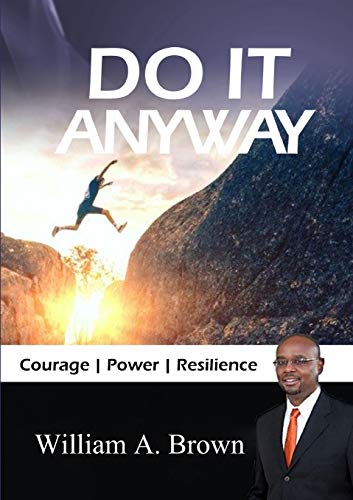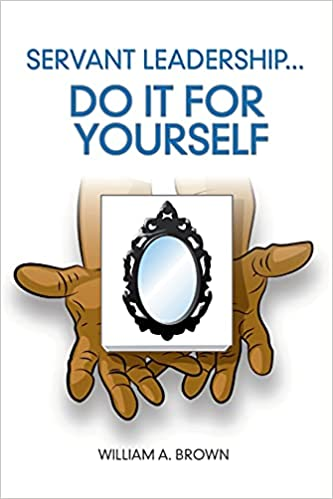Article-Detail

Conflict Resolution at Work
Recently, I had a conversation with friends about the social conflict between people of different races and how differences can be closed without diminishing anyone. The prevailing feeling was that it could not be resolved because of the zero sum nature of social equality. To put it simply, for me to swim you have to get out of the pool, and to create equality means people enjoying the pool have to agree that some of us have to get out so “others” can get in. One person asked, “If we were the ones enjoying the pool and were asked to get out for ‘others’ to get in, we’d be resistant too”. An excellent way to frame inequality and conflict that happens in society, work, or anywhere else for that matter. This article is my attempt to demonstrate that the better way is to create a win for everyone. In short, to convince the people enjoying the pool that there is room for more and their enjoyment won’t be compromised, instead enhanced, by the presence of others.
Founder of the International Institute for Peace, and conflict resolution expert, Aldo Civico, writes about the pervasiveness of conflict. In his February 2019 article, “How to Manage Conflict in the Workplace”, he reports that
85% of employees deal with conflict
34% of conflict occurs among front line employees
49% of conflict is a result of personality clashes and “warring egos”
27% of employees have witnessed conflict lead to personal attacks
25% of employees have seen conflict result in sickness or absence
9% have seen workplace conflict cause a project to fail
Cynthia Hanson wrote in an August 2018 Society for Human Resources Management (SHRM) article titled, “The Art and Science of Conflict Management” reports that in 2008 U.S. employees spent 2.1 hours per week involved in conflict. She defines conflict as any workplace disagreement that disrupts the flow of work. This conflict translated to over $300 billion and 400 million workdays that year.
The best way to resolve conflict is by sitting at the table and discussing the issue openly. I remember reading somewhere that the weakest party in a conflict usually drives your ability to arrive at a resolution. Ask both sides if they are comfortable having a conversation about what is bothering them with the other person. Usually, both sides will say “yes” and you can move forward, however I have run into reluctance. If they say they aren’t comfortable with a conversation, ask if they would be open to having that conversation with the other person with you present. If they aren’t then ask them how they would like to see the situation resolved. People default to what is easy, and having you “go and fix the other person” is the easiest resolution for them. The mediator who falls victim to this will feel like they’re walking around a minefield blindfolded. Avoid that trap at all costs.
Remember that you weren’t there and did not witness any of what is being described to you, so you have no idea what actually happened or if either parties are telling the whole, unaltered truth. Joichi Ito, of MIT would advise us to start with what he calls the ‘beginners mind’, or with a clean slate. Your job is to learn about what happened and how people interact with one another in that department. Your goal is to find a way out for the principal characters in a way the parties emerge as winners and the organization is stronger. That objective is made difficult when you take a side or even appear to lean in a direction. It will be off putting for the mediator to gasp, or give judging looks while one of the parties is telling their story, these behaviors give the impression that a bias exists. Even if you really like or trust people involved, approach the issue the way you would if you didn’t know anyone or anything and just listen.
Both sides will want to play the victim role and will expect that the mediator will too. On the flip side, both sides will likely fear that you will “side” with the other party so it is imperative that you are encouraging to both sides that your intension is not to judge but instead to reach a resolution that works for everyone.
1. Establish that this is a safe space to speak. There will be no judgement or retribution for anything said in the course of this process. People need to be able to speak their truth, and people have to be open to hearing it even if it isn’t fun to hear.
2. Point to areas of agreement and identify the areas of disagreement and write them down as major topics of discussion. Agreements should be celebrated and built upon. Disagreements are opportunities to create agreement through processes.
3. Decide on a process when disagreements happen. Determine what the parties should do when conflict arises. Will they write down their thoughts, or what they’re hearing and share it with each other or will it be something else?
4. Follow up with each other. Usually, there is a lack of trust driving attitudes and behavior. That lack of trust turns into a growing resentment and a default to the negative mainly because they don’t have a safe space to speak with one another. At least weekly there should be a practice of going from step 1 to 3.
In my research for this article, I did a search for “conflict resolution at work” that gave 22,000,000 results. There is a ton of information on the prevalence, destructive impact, cost, and ways to deal with conflict. In order to be successful, with success defined as stronger individuals and organization, you have to find wins for both sides. Understand that all involved have value and want to be successful at work, and that this conflict is causing pain on both sides and is having a negative impact on their workplace. In order to resolve the social conflict that started the conversation that resulted in this article, the procedure is the same led by the leaders of our society. For each of us, in our areas of leadership, believe in your people, be patient, and you will SOAR!
William A. Brown
January 5, 2020
https://www.psychologytoday.com/us/blog/turning-point/201902/how-manage-conflict-in-the-workplace




